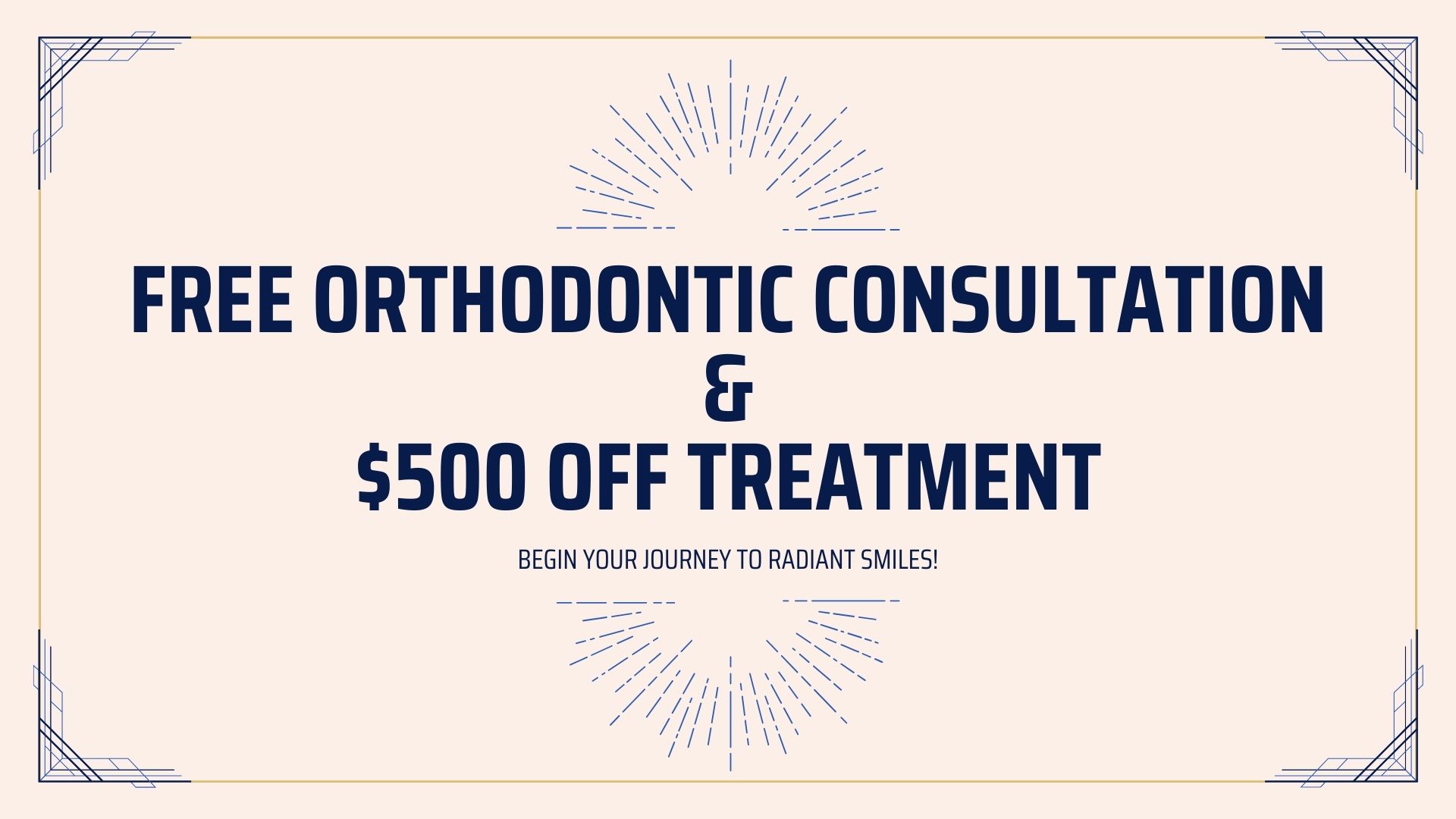Fluoride and dental sealants are two powerful tools used in dentistry to prevent tooth decay and protect oral health. These preventive measures play a crucial role in maintaining strong and healthy teeth, particularly in children and adolescents. By understanding the protective power of fluoride and sealants, you can take proactive steps to safeguard your dental well-being.
The Benefits of Fluoride
Fluoride is a natural mineral found in water, soil, and certain foods. When regularly applied to the teeth, it strengthens tooth enamel, making it more resistant to acid attacks caused by bacteria and sugars in the mouth. Fluoride also has the ability to reverse early stages of tooth decay.
Research has shown that communities with fluoridated water experience significantly lower rates of tooth decay compared to those without fluoride. This simple and cost-effective preventive measure is considered one of the greatest public health achievements of the 20th century.
While fluoride is present in most toothpaste and mouthwashes, professional fluoride treatments at the dentist’s office provide a higher concentration of fluoride. These treatments are particularly beneficial for individuals with a high risk of tooth decay, such as those with dry mouth, gum disease, or a history of cavities.
The Role of Sealants
Dental sealants are thin plastic coatings that protect the chewing surfaces of premolars and molars. These areas are prone to decay due to their rough texture and the presence of deep grooves and pits. By sealing off these vulnerable areas, sealants provide a physical barrier that prevents bacteria and food particles from accumulating and causing decay.
The application of dental sealants is a non-invasive and painless procedure. After cleaning the tooth surface, the dentist or hygienist will apply a thin layer of sealant material and then cure it with a special light, creating a hard protective shield.
While sealants are commonly associated with pediatric dentistry, they can also be beneficial for adults who are at a higher risk of cavities. Many dental insurance plans cover sealant applications for children, making it an affordable preventive option.
Combining Forces
Fluoride and dental sealants complement each other in the fight against tooth decay. The combination of fluoride’s enamel-strengthening properties and sealants’ physical barrier greatly reduces the risk of cavities.
Fluoride can penetrate tooth enamel, strengthening it from the inside out. This process, known as remineralization, can reverse early decay before it progresses to cavities. On the other hand, sealants create an impenetrable shield that keeps plaque and bacteria away from the tooth’s surface, preventing decay altogether.
Children and adolescents are the primary beneficiaries of fluoride and sealant treatments. Their developing teeth are more vulnerable to decay, and sealants can protect these teeth during the cavity-prone years. Additionally, fluoride treatments can help fortify the enamel of young permanent teeth, minimizing the risk of decay.
Maintaining Good Oral Hygiene
While fluoride and sealants provide excellent protection against tooth decay, they are not substitutes for proper oral hygiene practices. Regular brushing and flossing, along with routine dental check-ups, are essential for maintaining optimal oral health.
Parents should establish good oral hygiene habits for their children from an early age. Teaching proper brushing techniques, supervising brushing sessions, and promoting a well-balanced diet low in sugary snacks and drinks are key to preventing dental problems. Regular dental visits will allow dentists to monitor fluoride levels, reapply sealants when necessary, and address any concerns about oral health.
In Closing
Fluoride and dental sealants are invaluable tools in dentistry, offering powerful protection against tooth decay. By harnessing their combined benefits, individuals can minimize the risk of cavities and maintain a healthy smile. Remember to consult your dentist regularly to determine the most appropriate preventive measures for your specific oral health needs.

